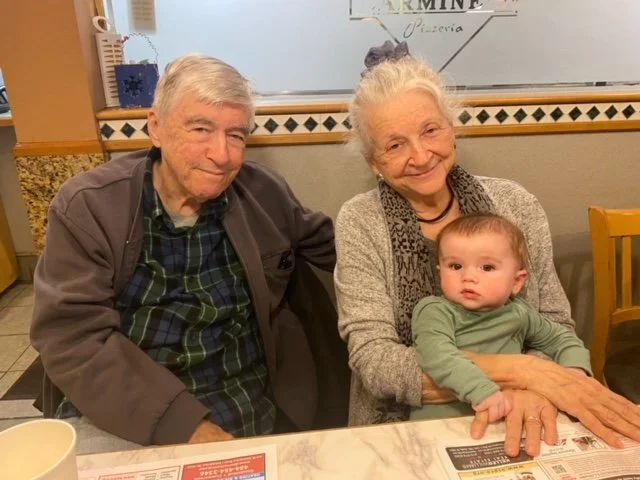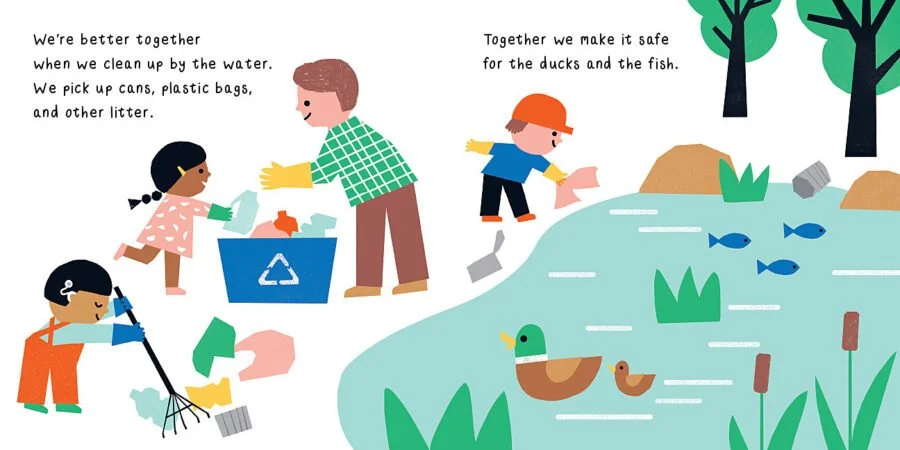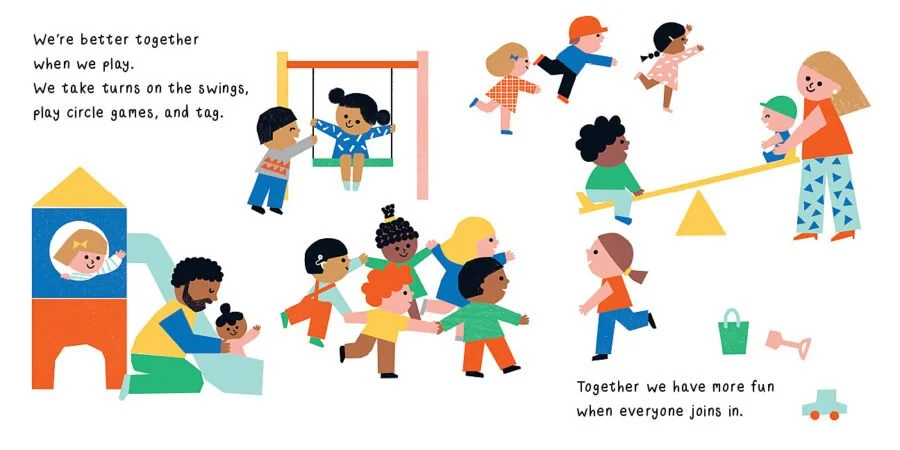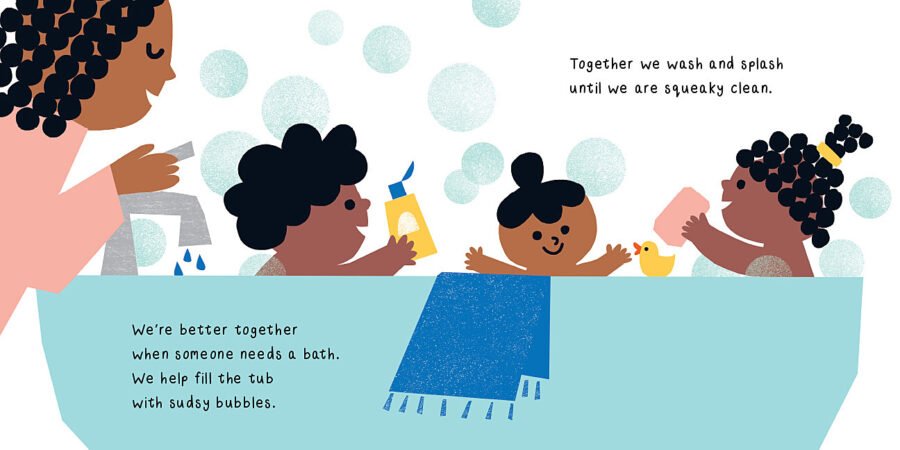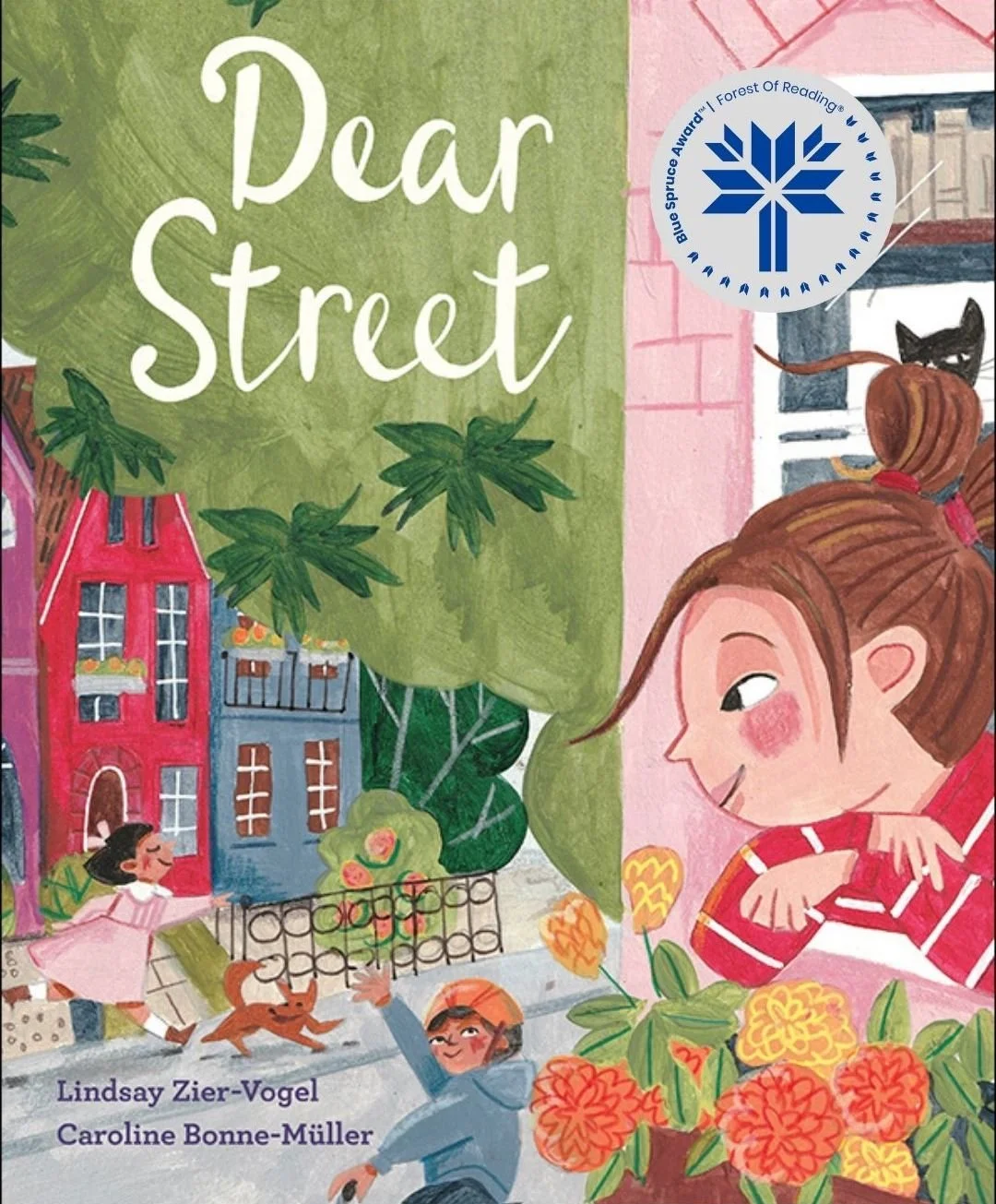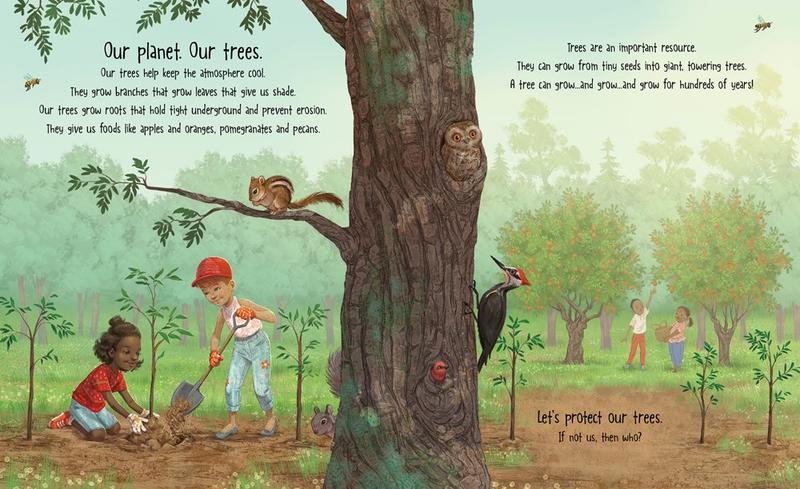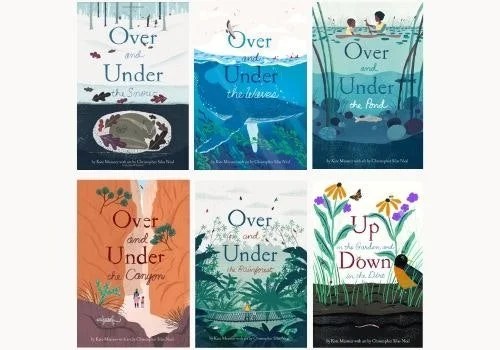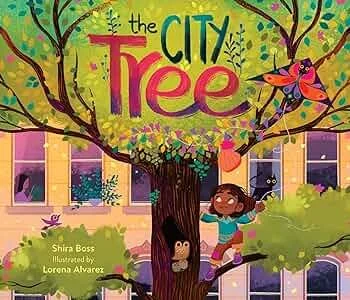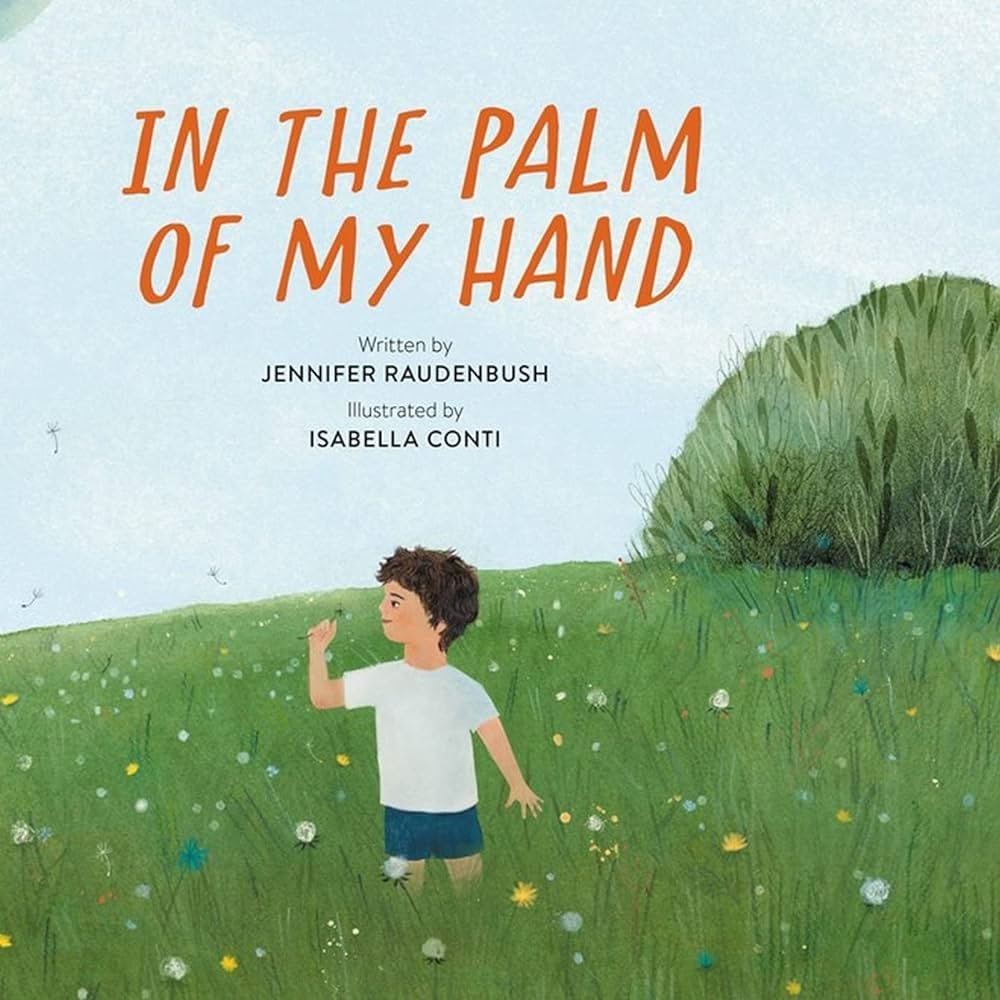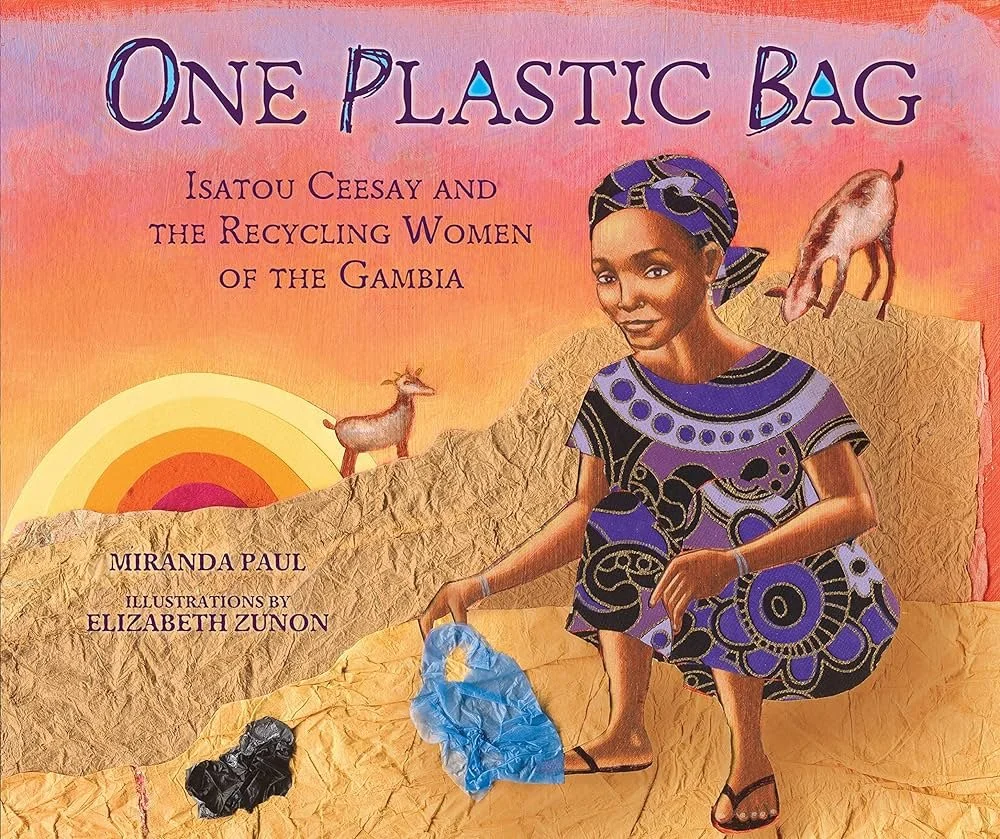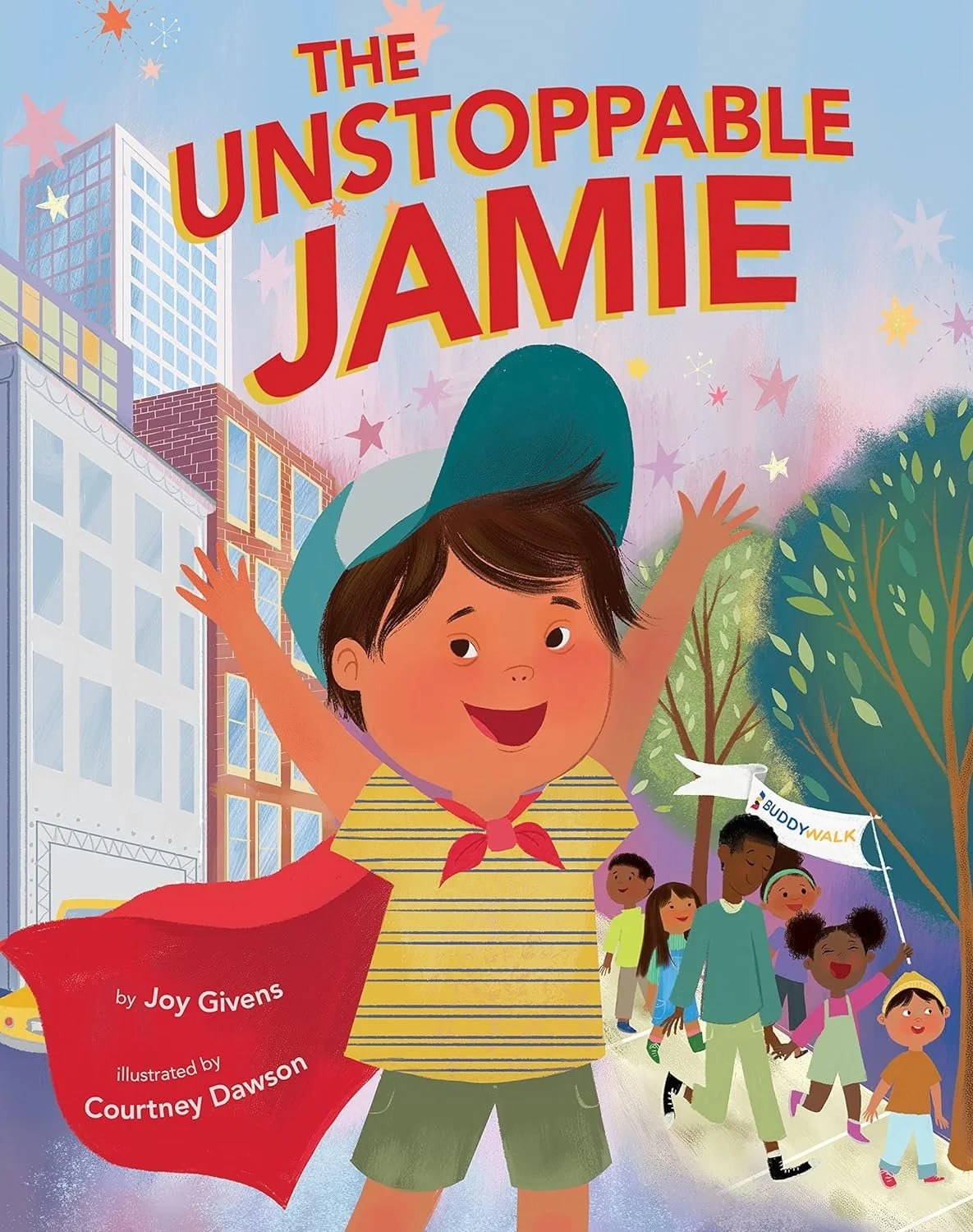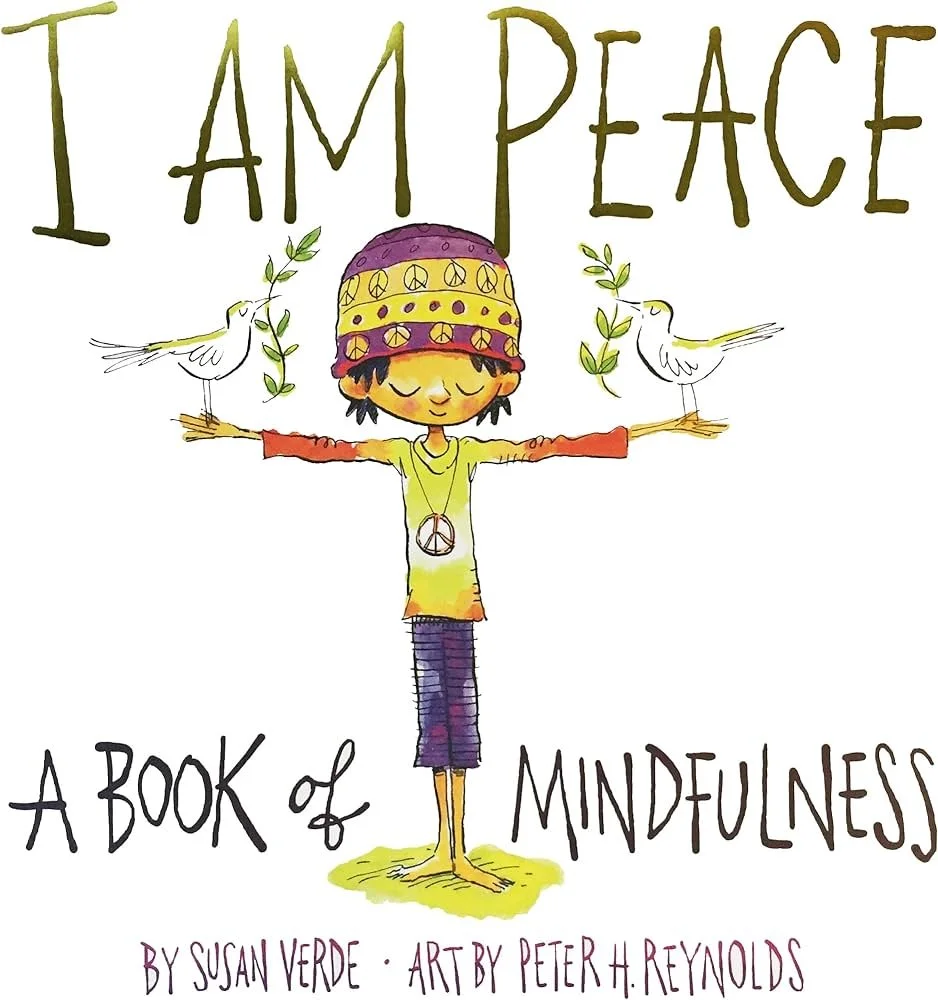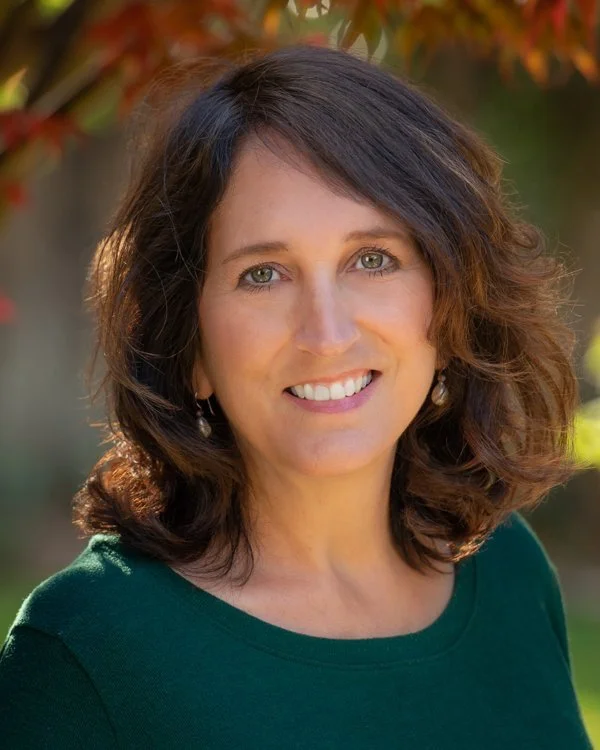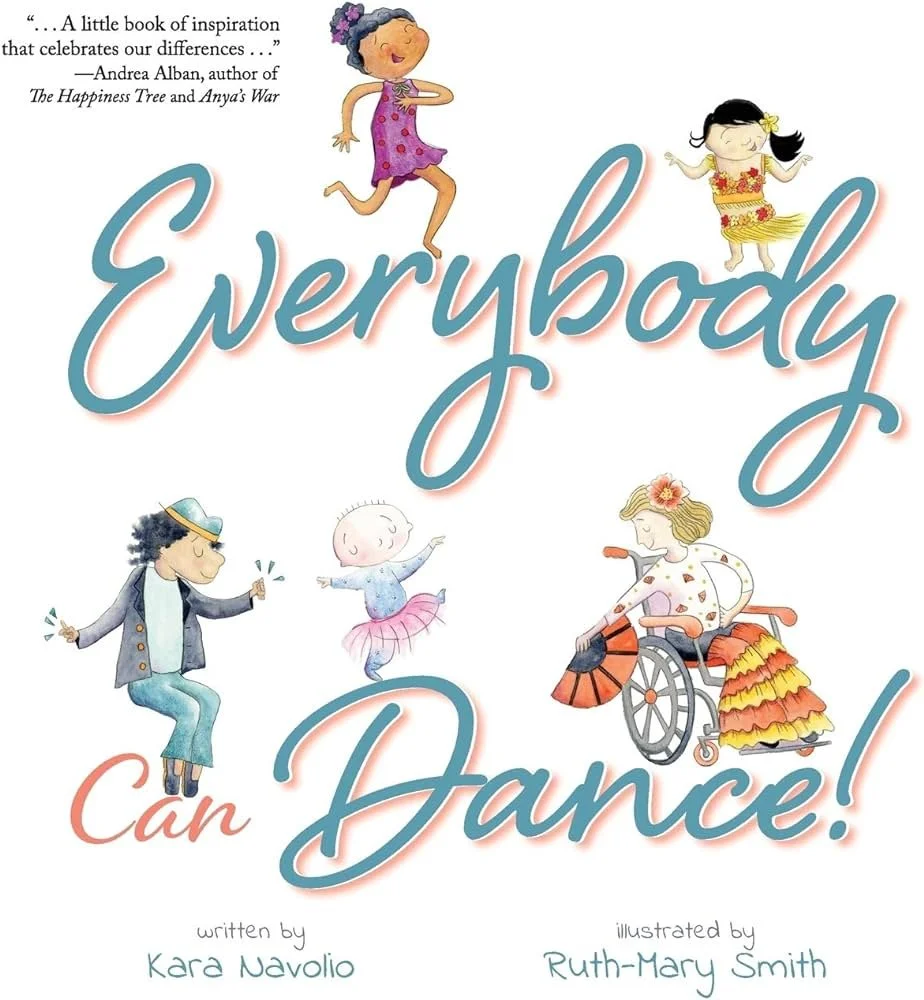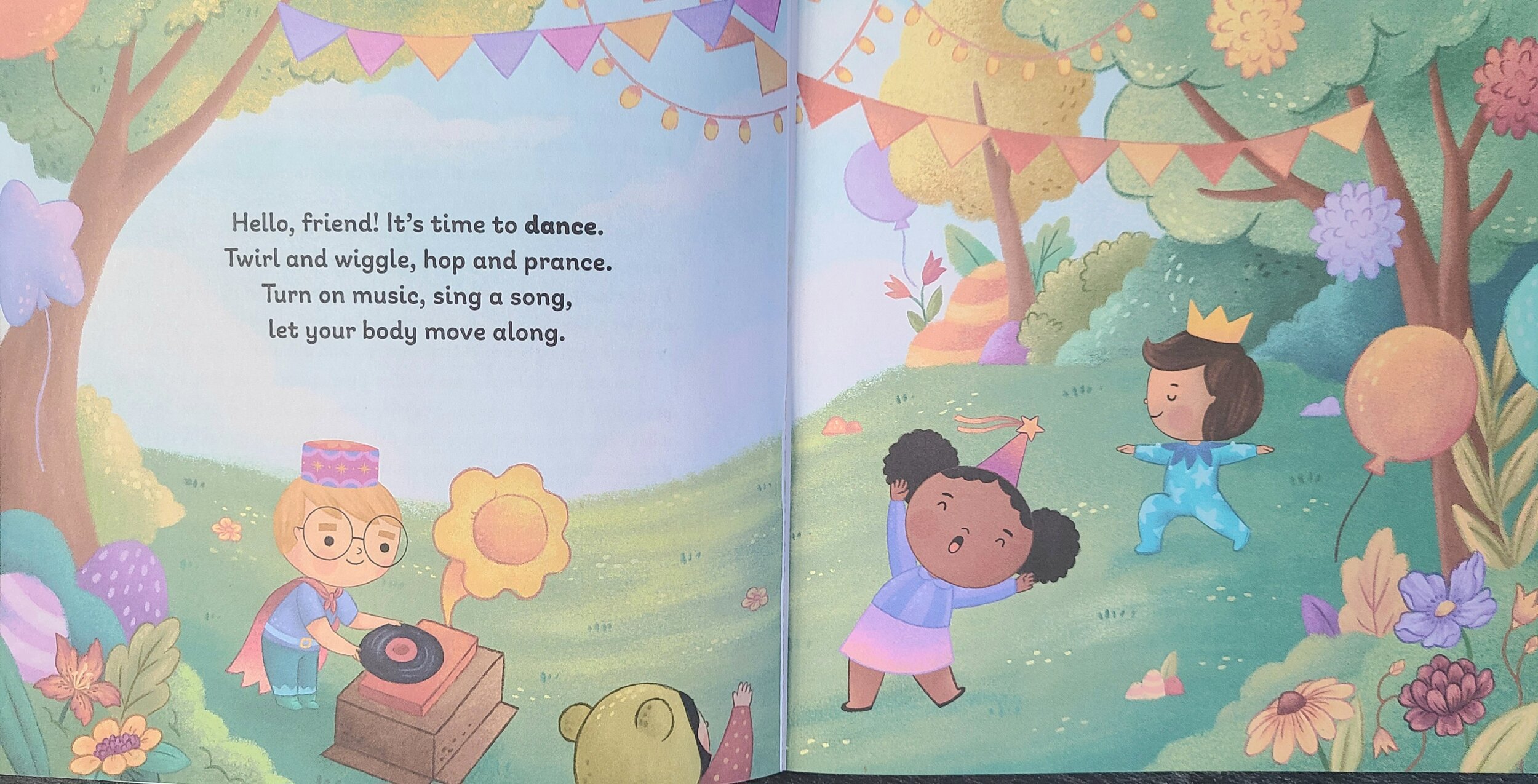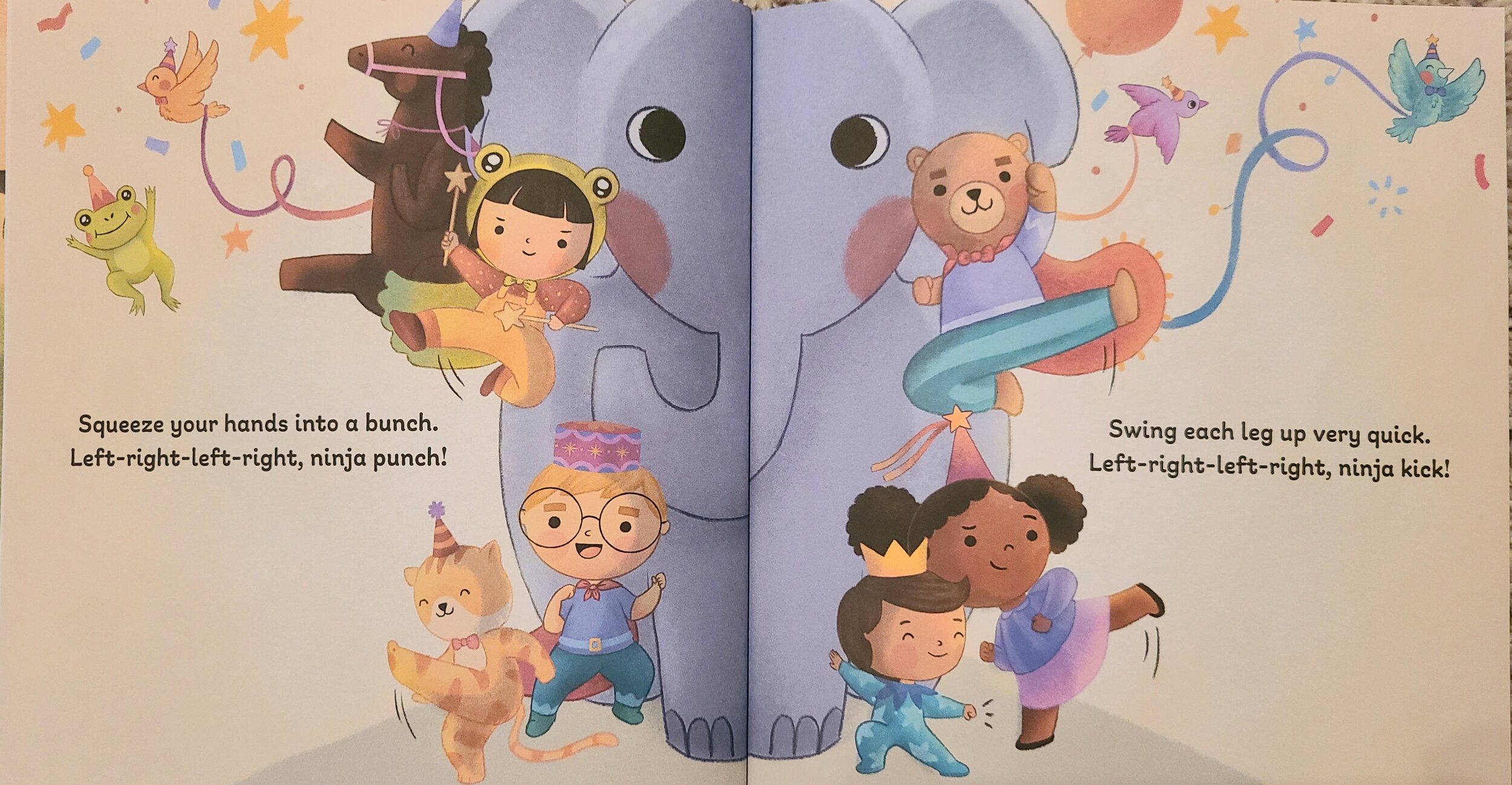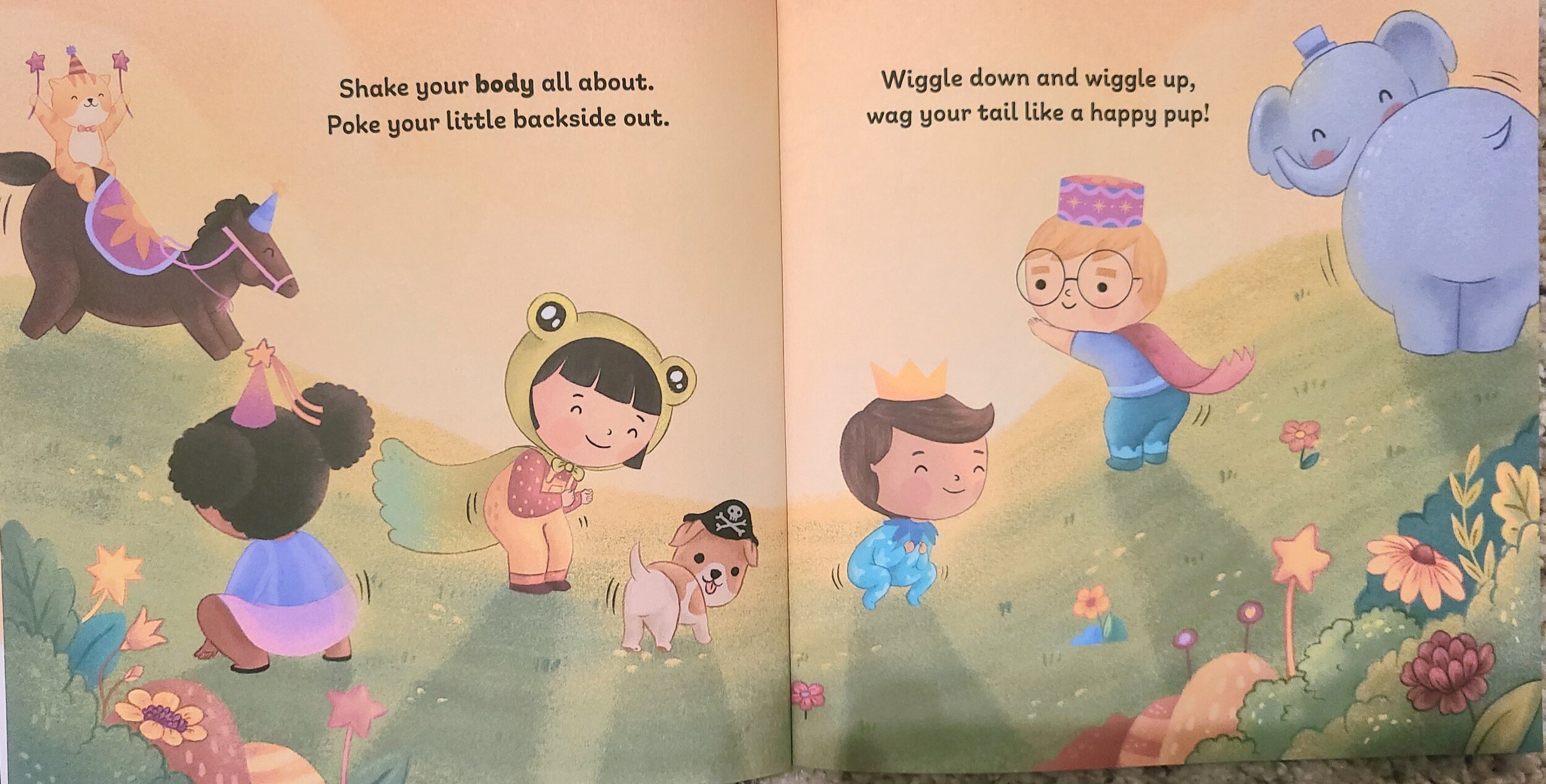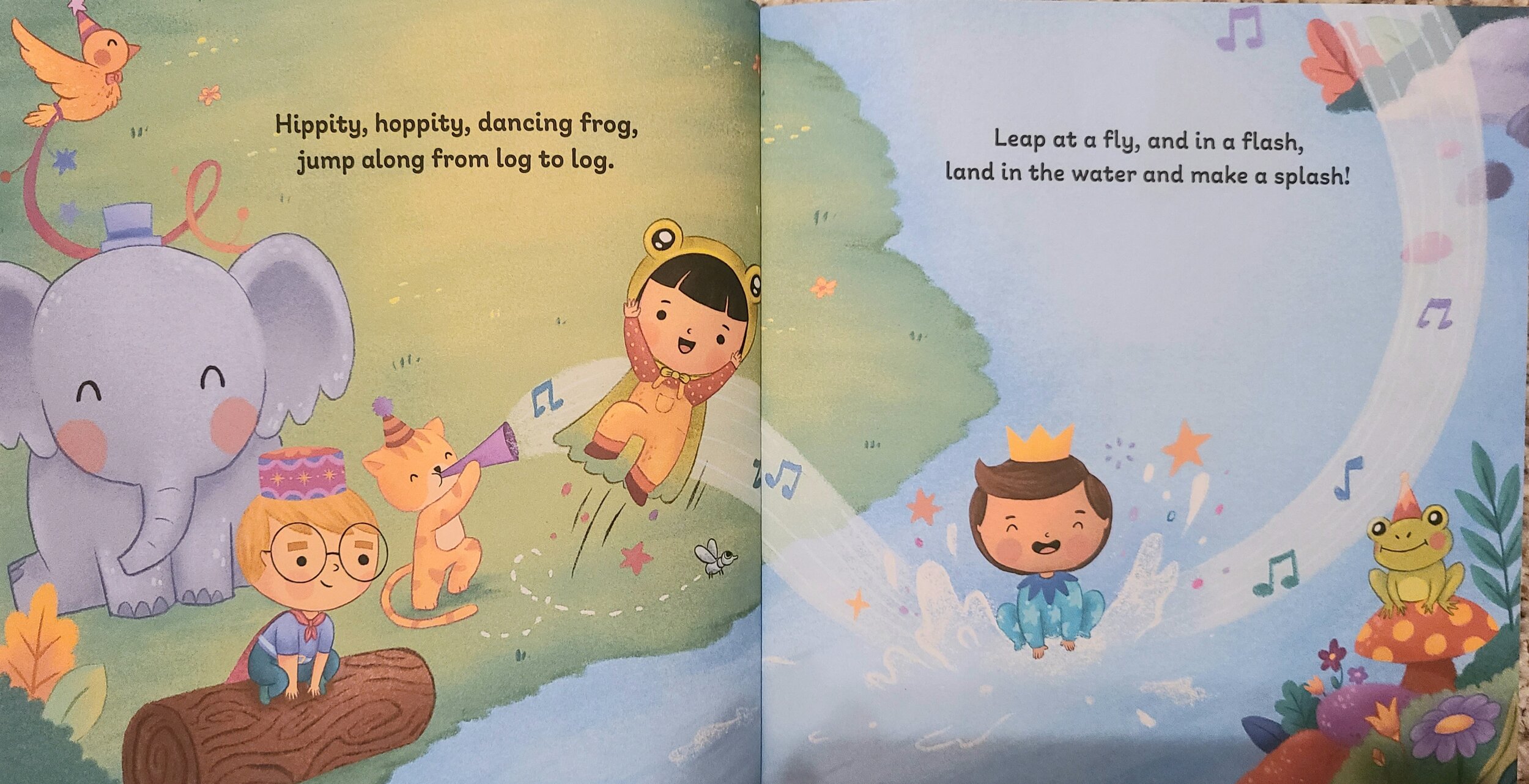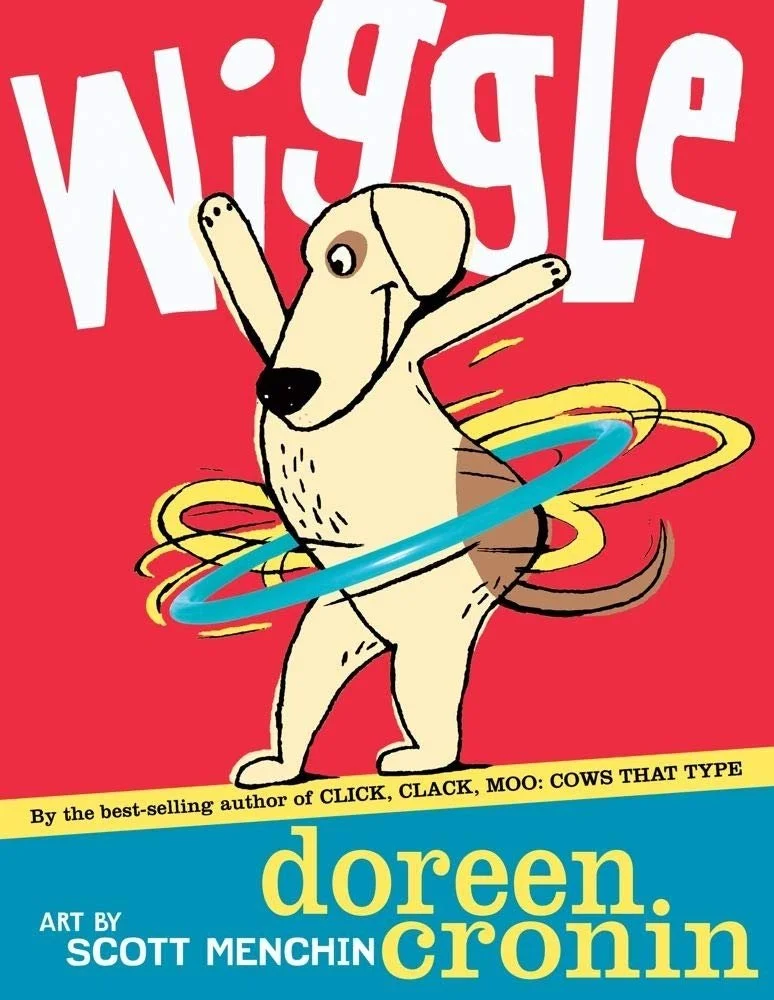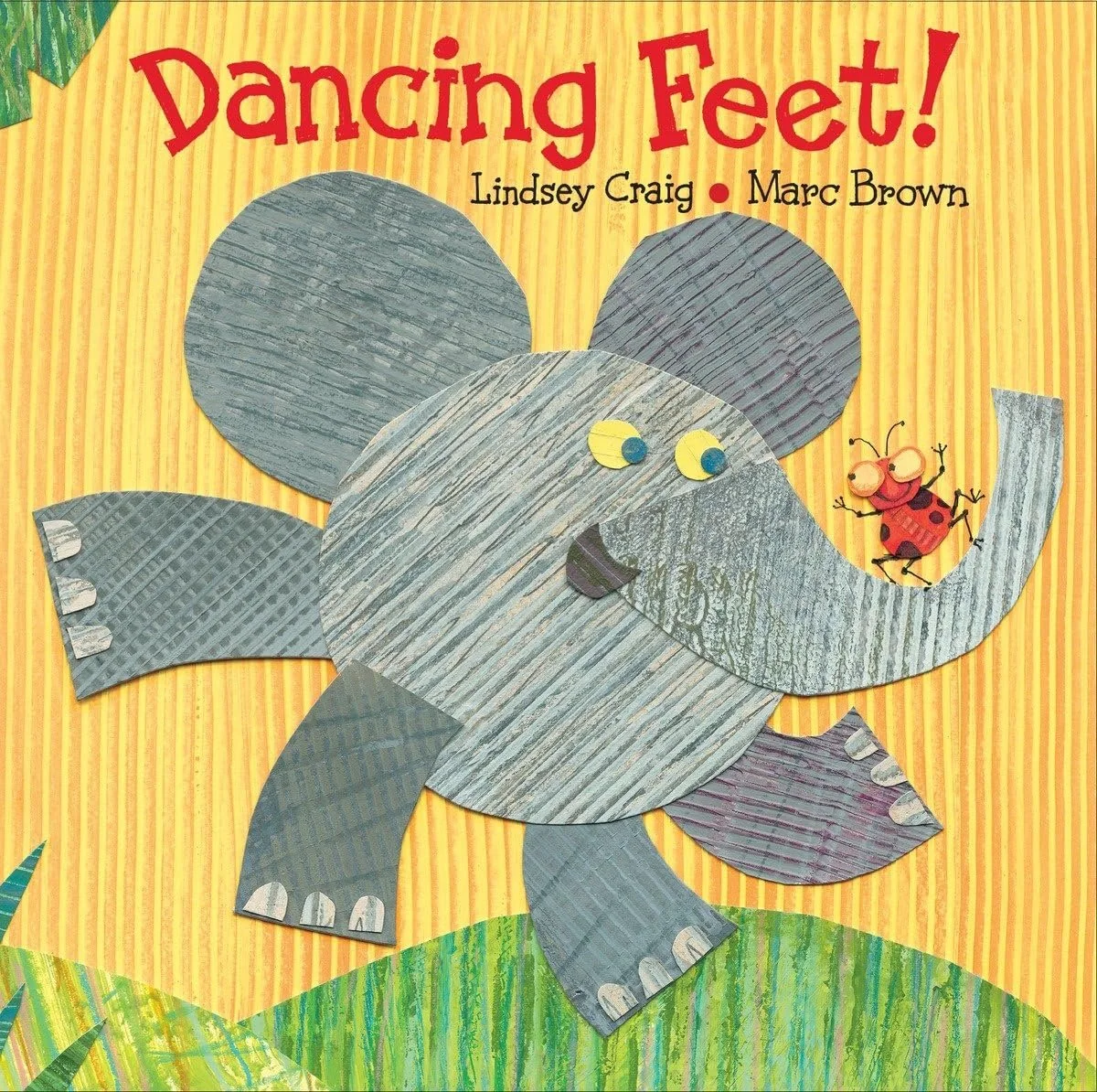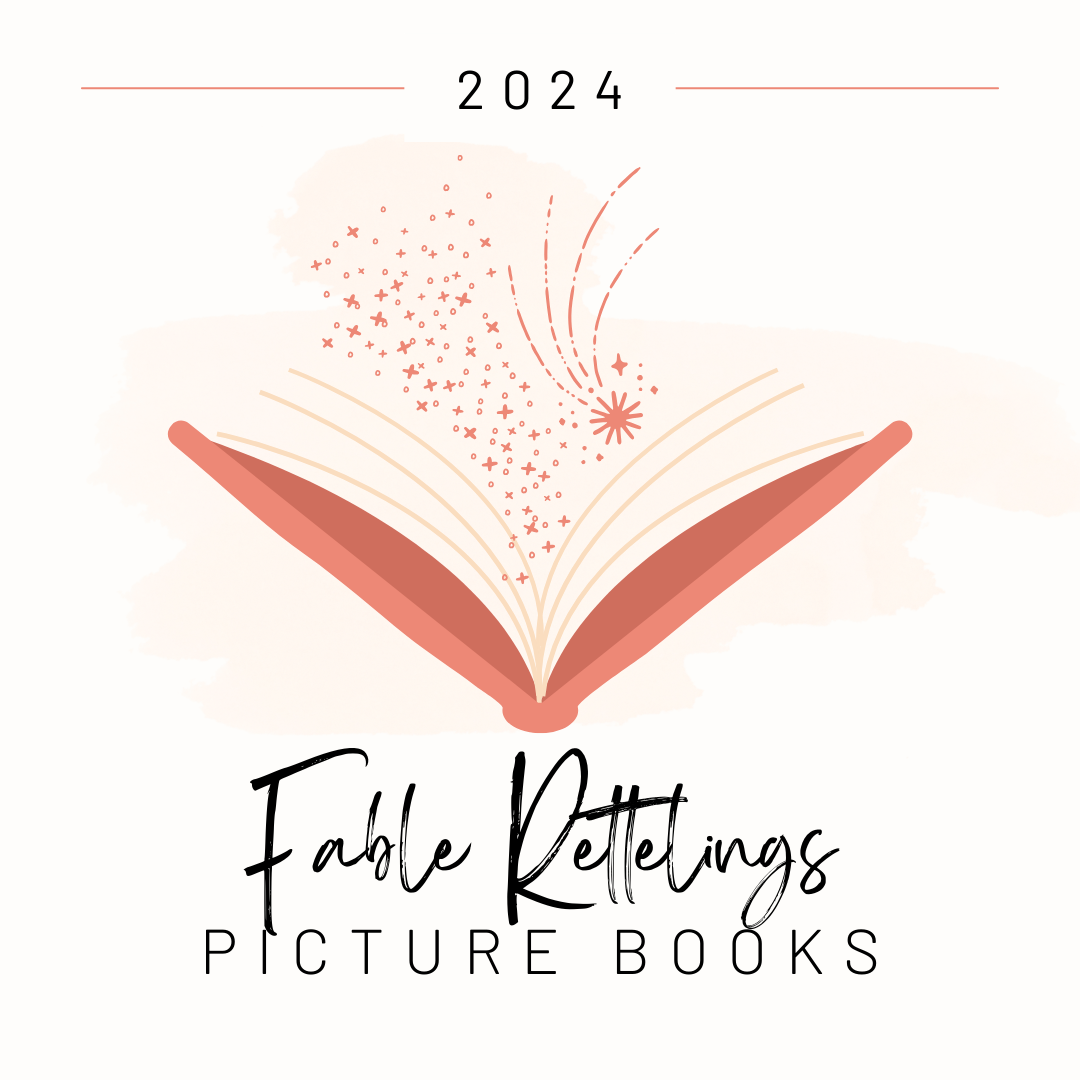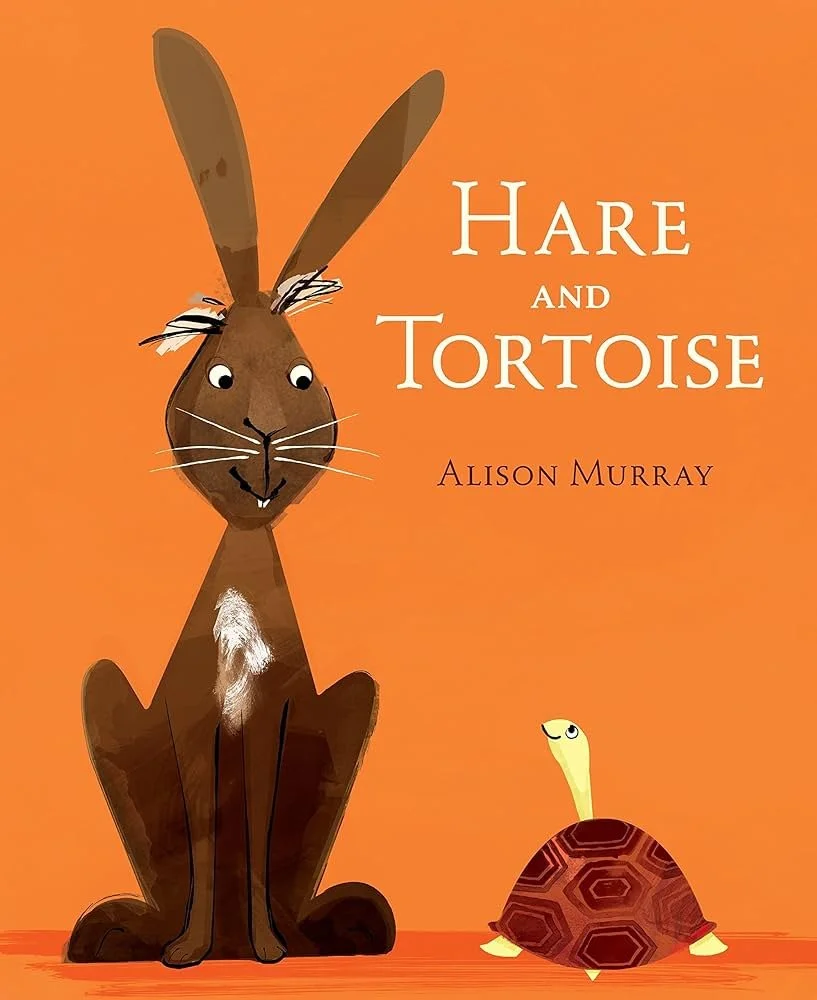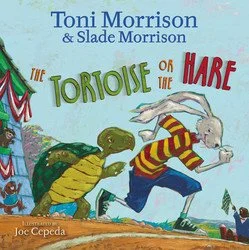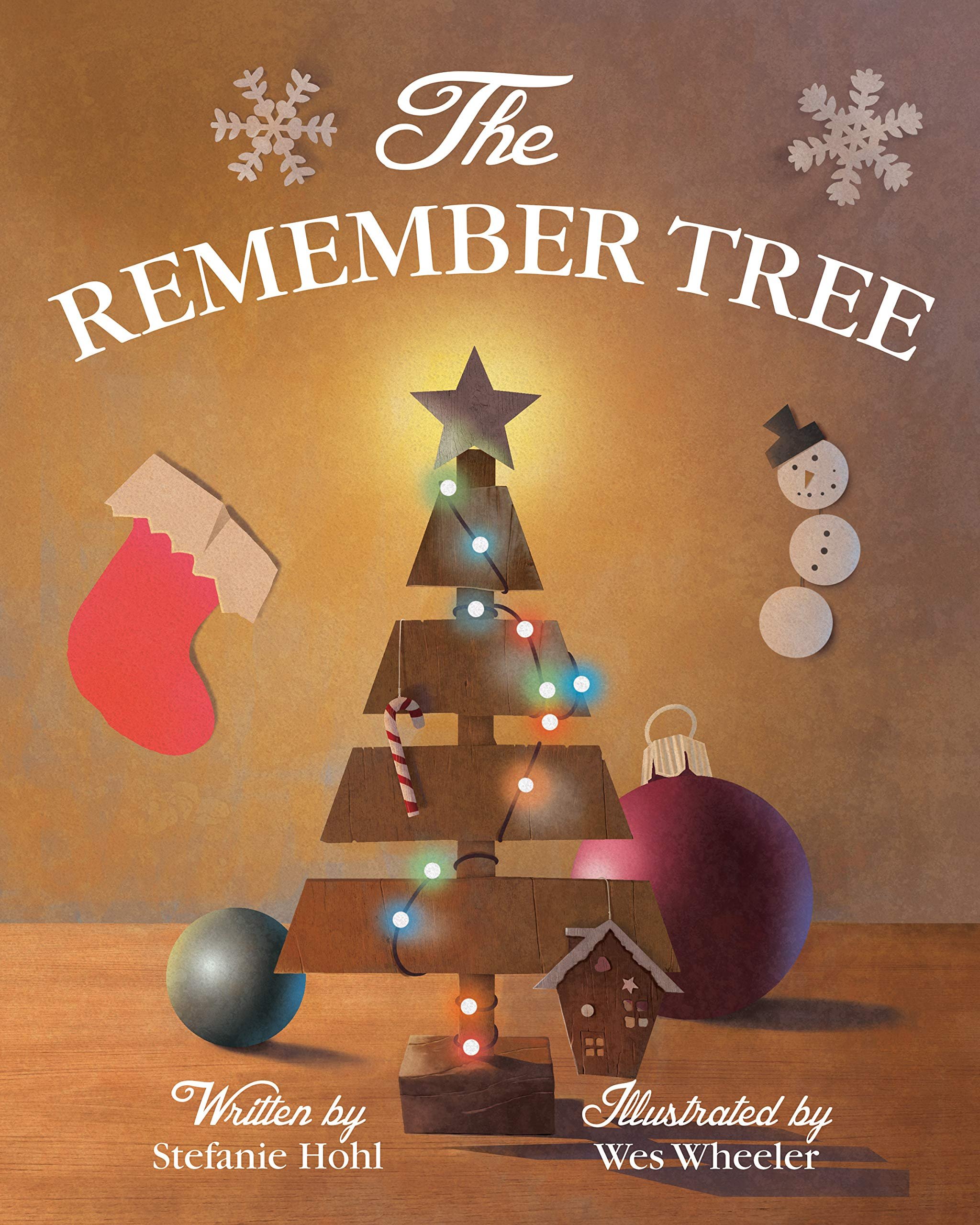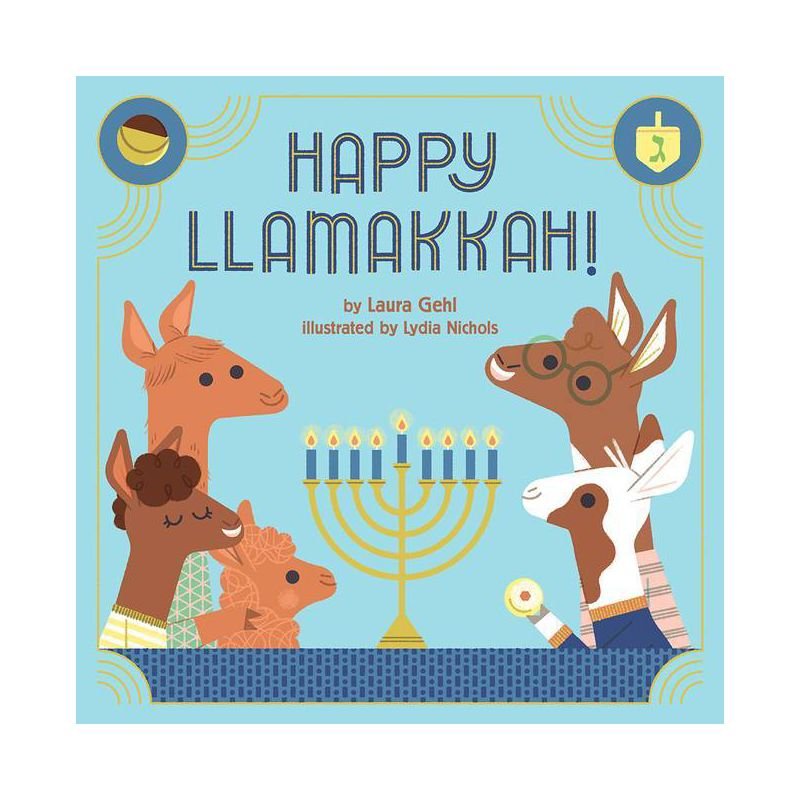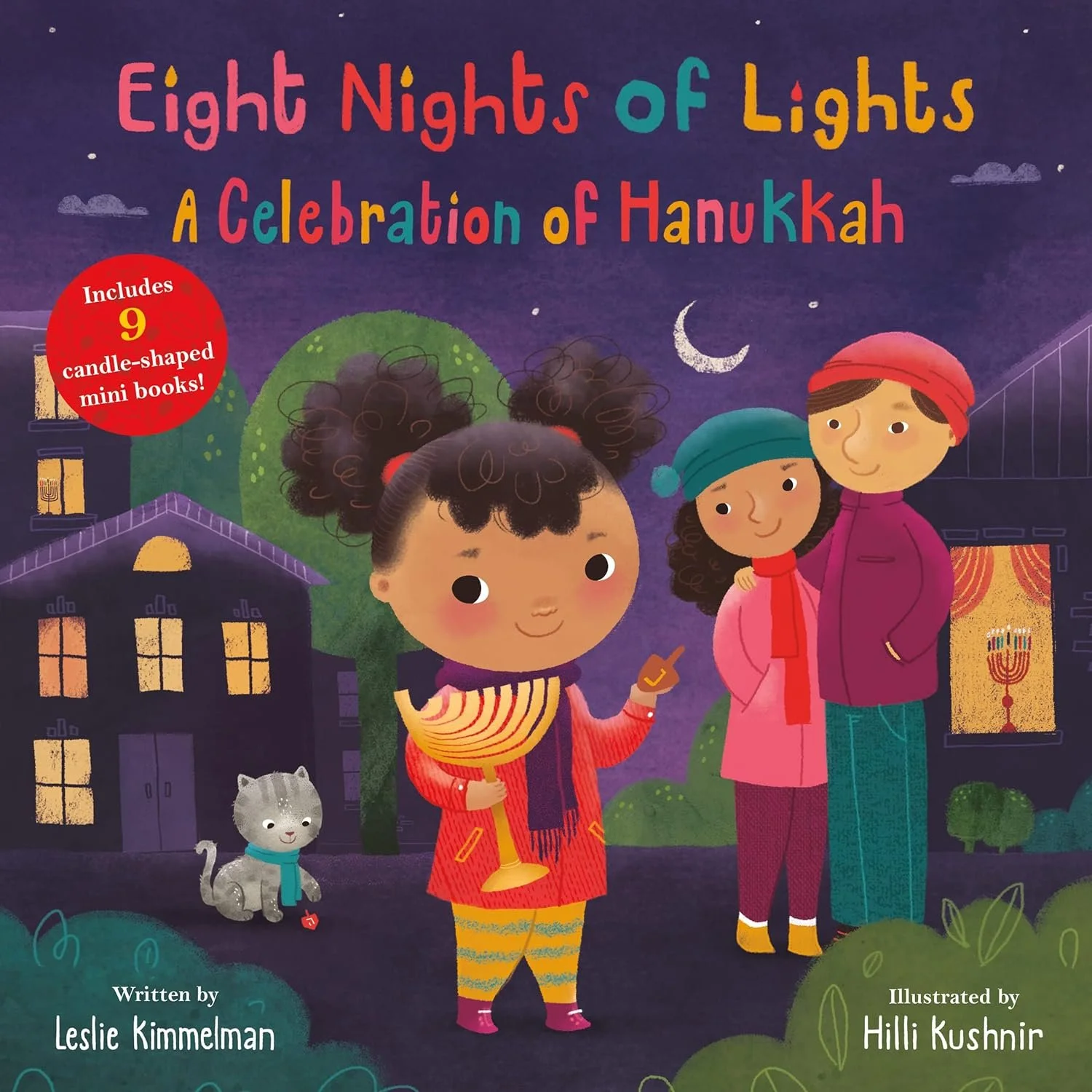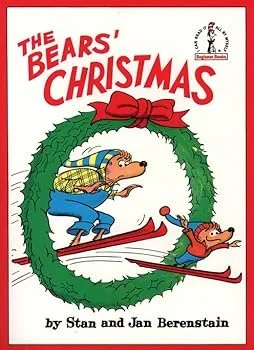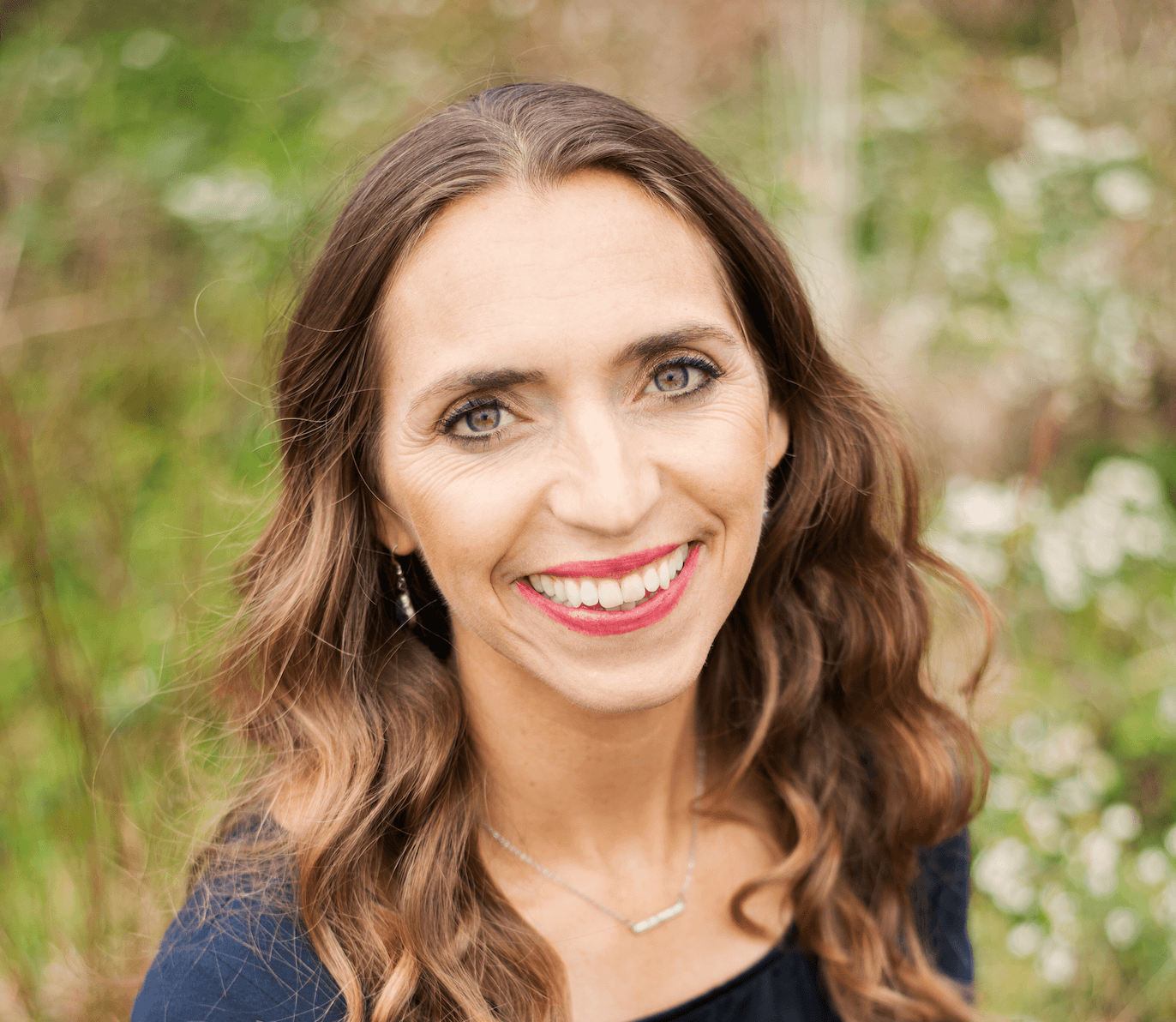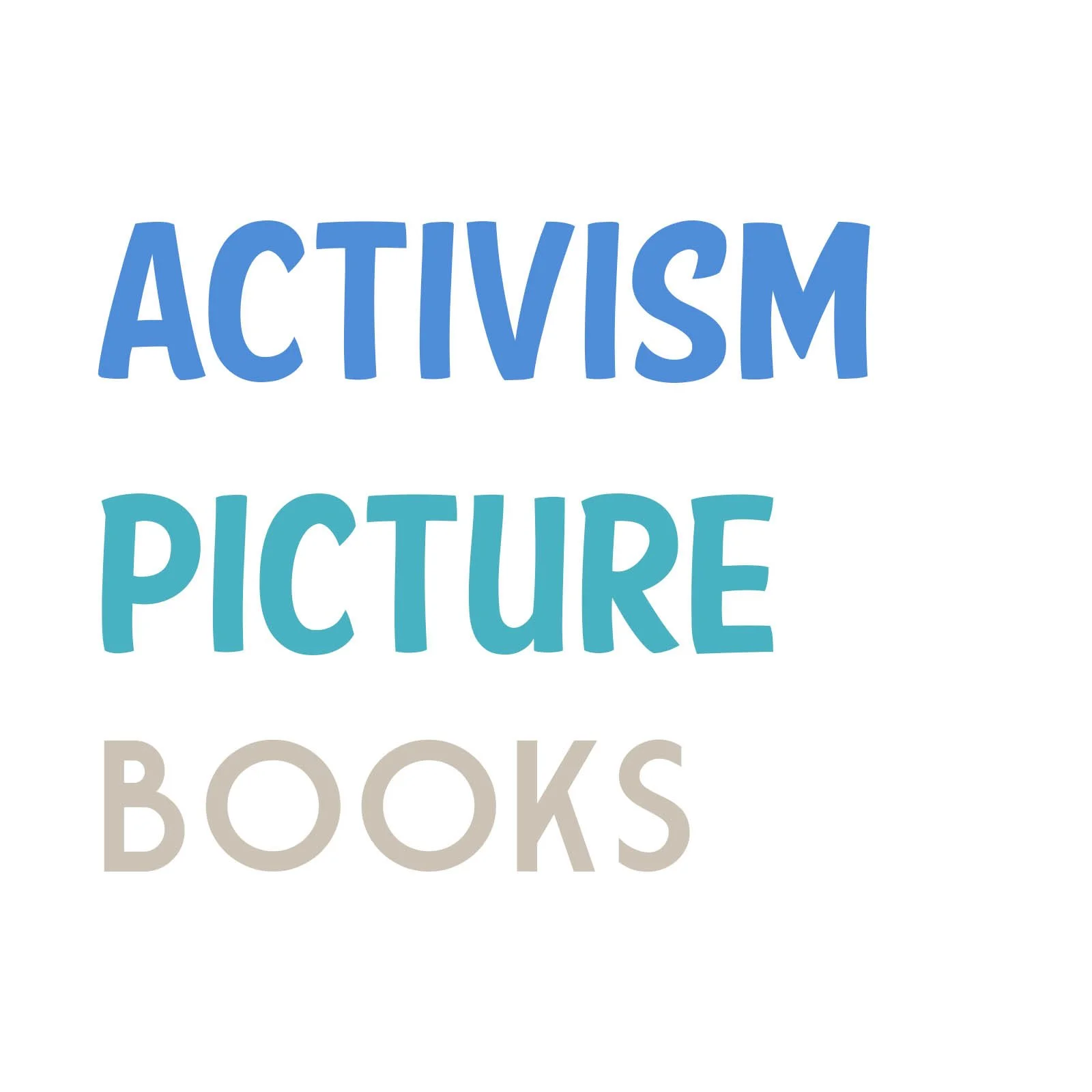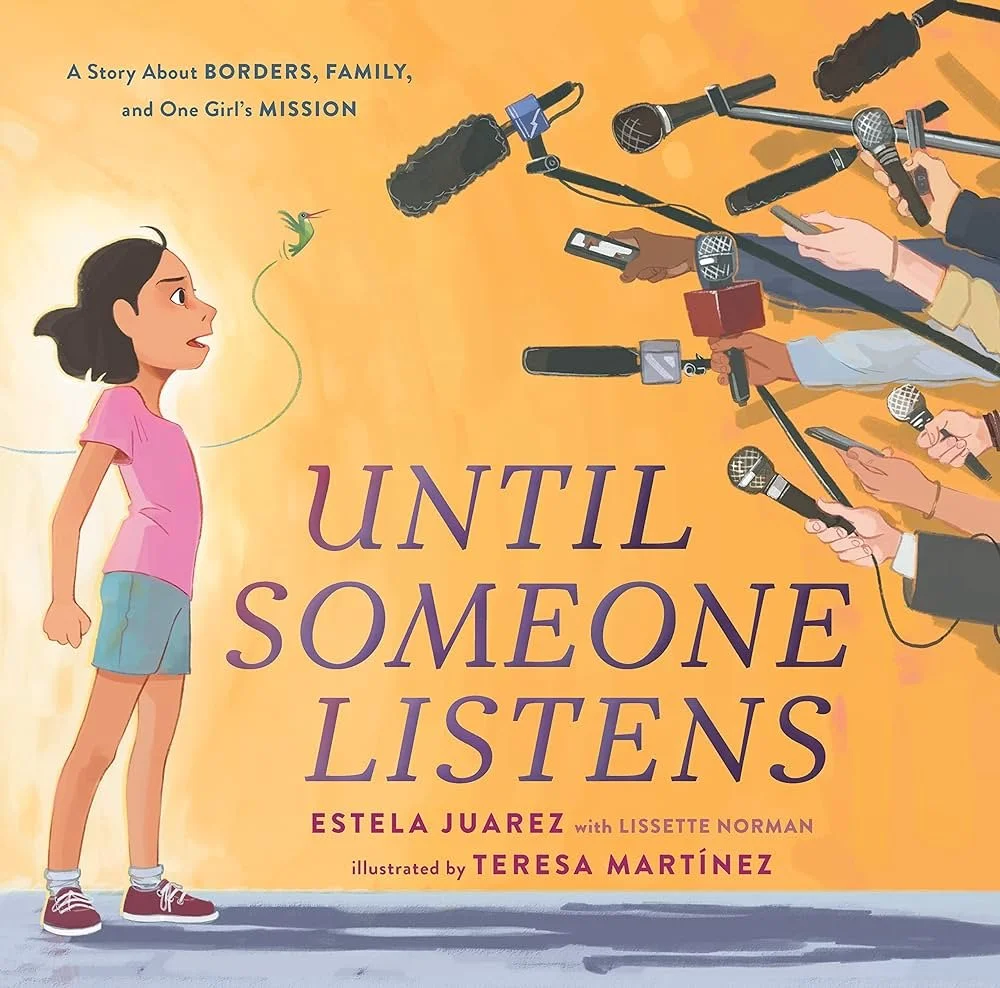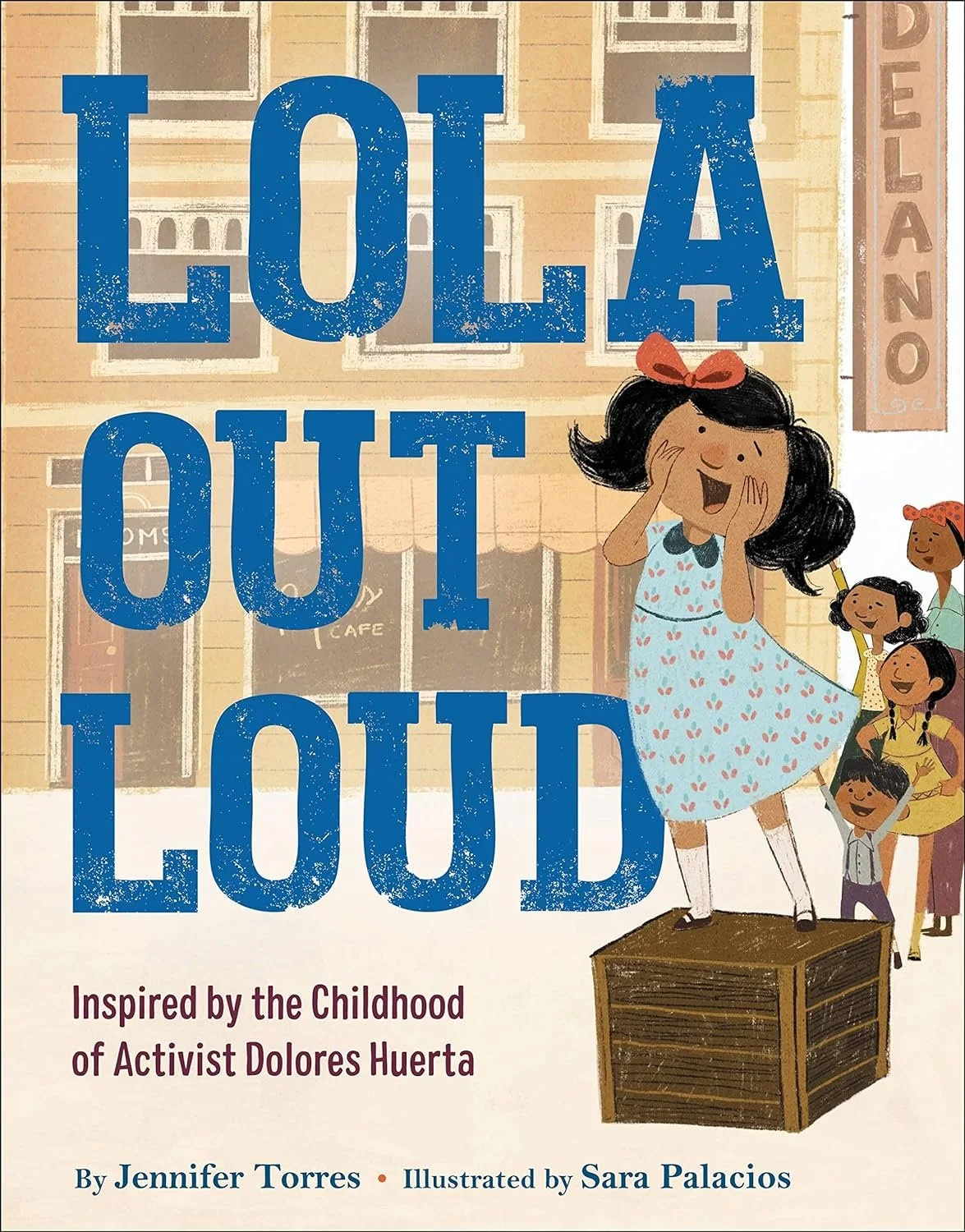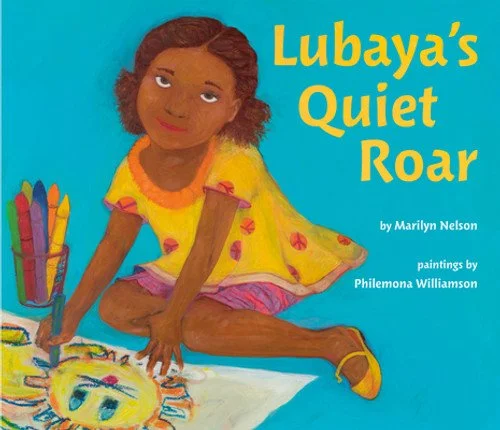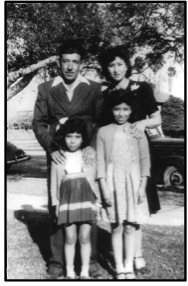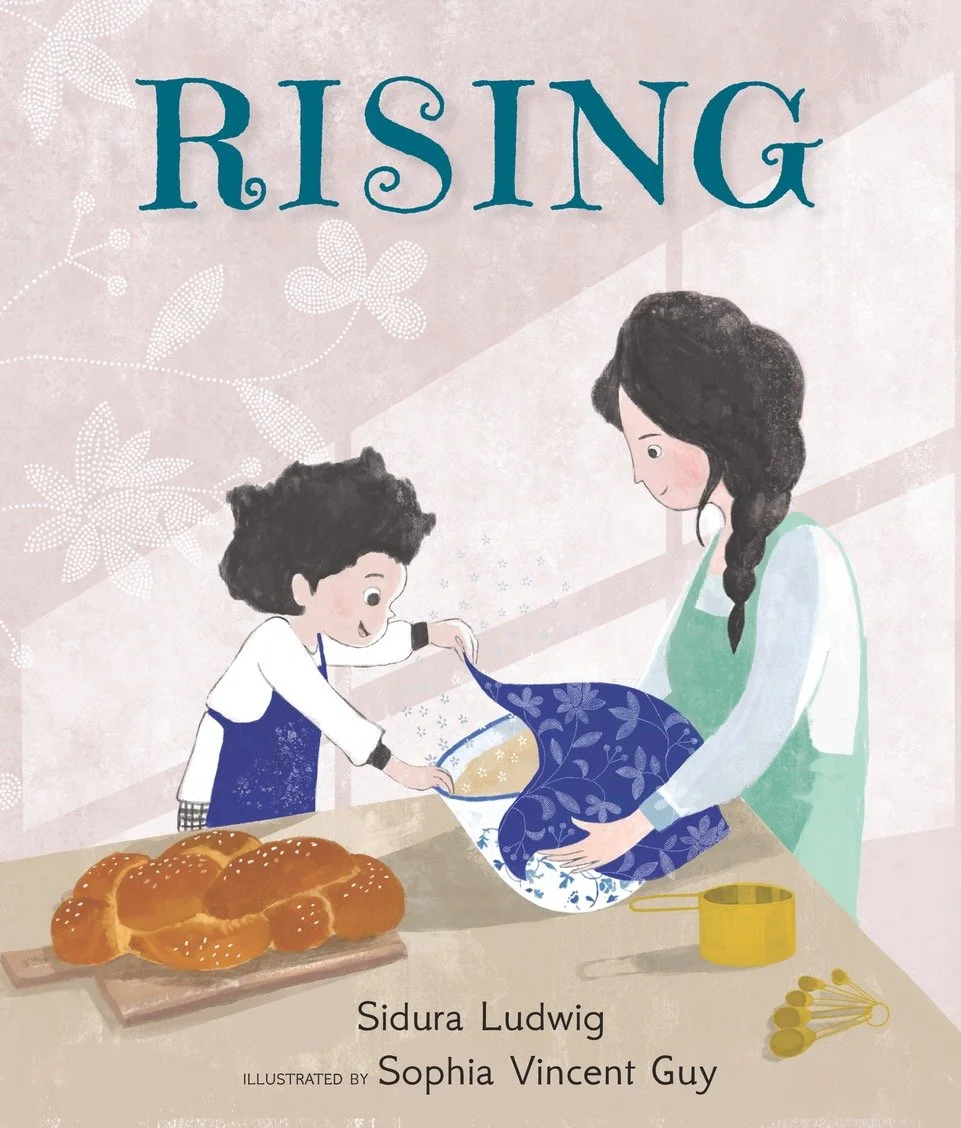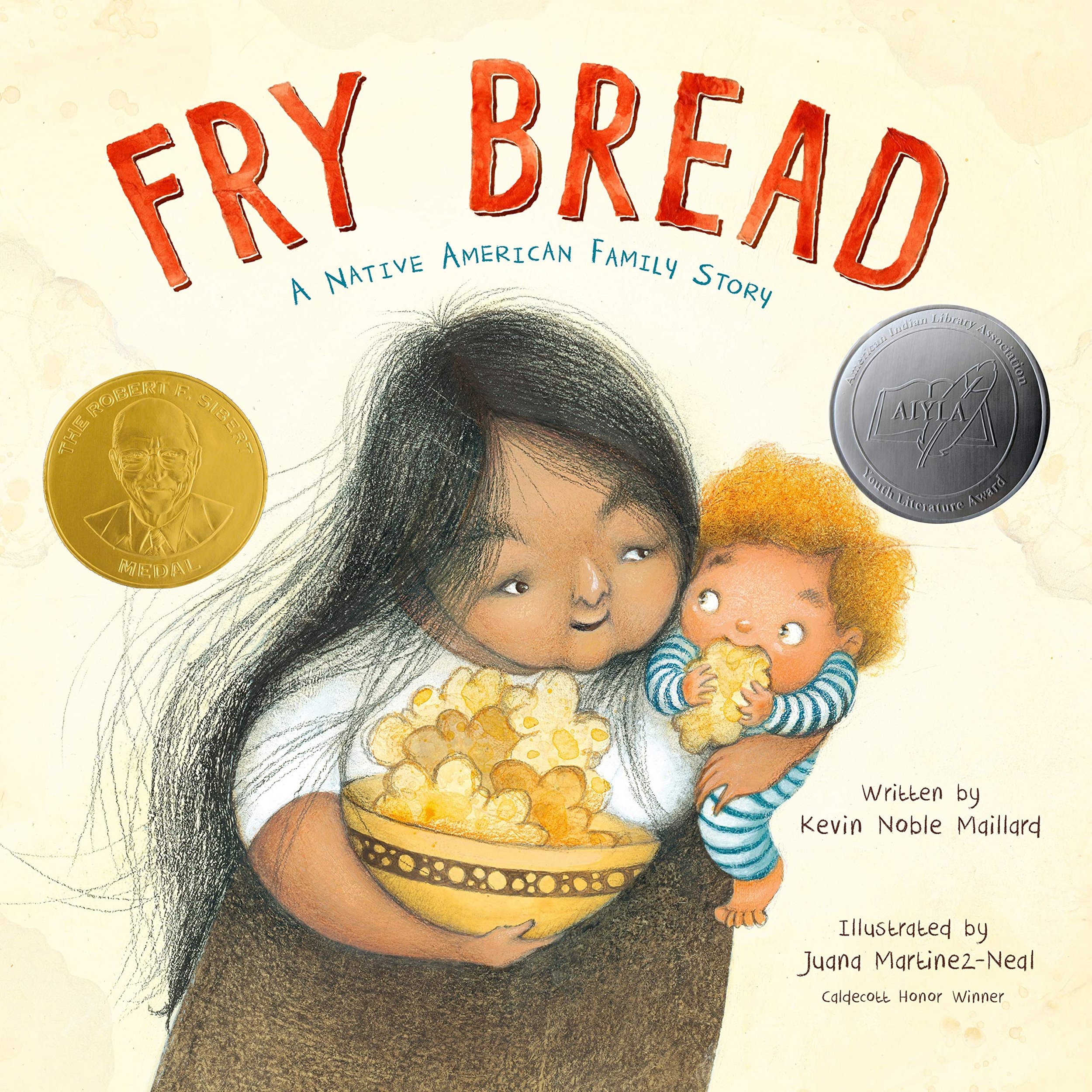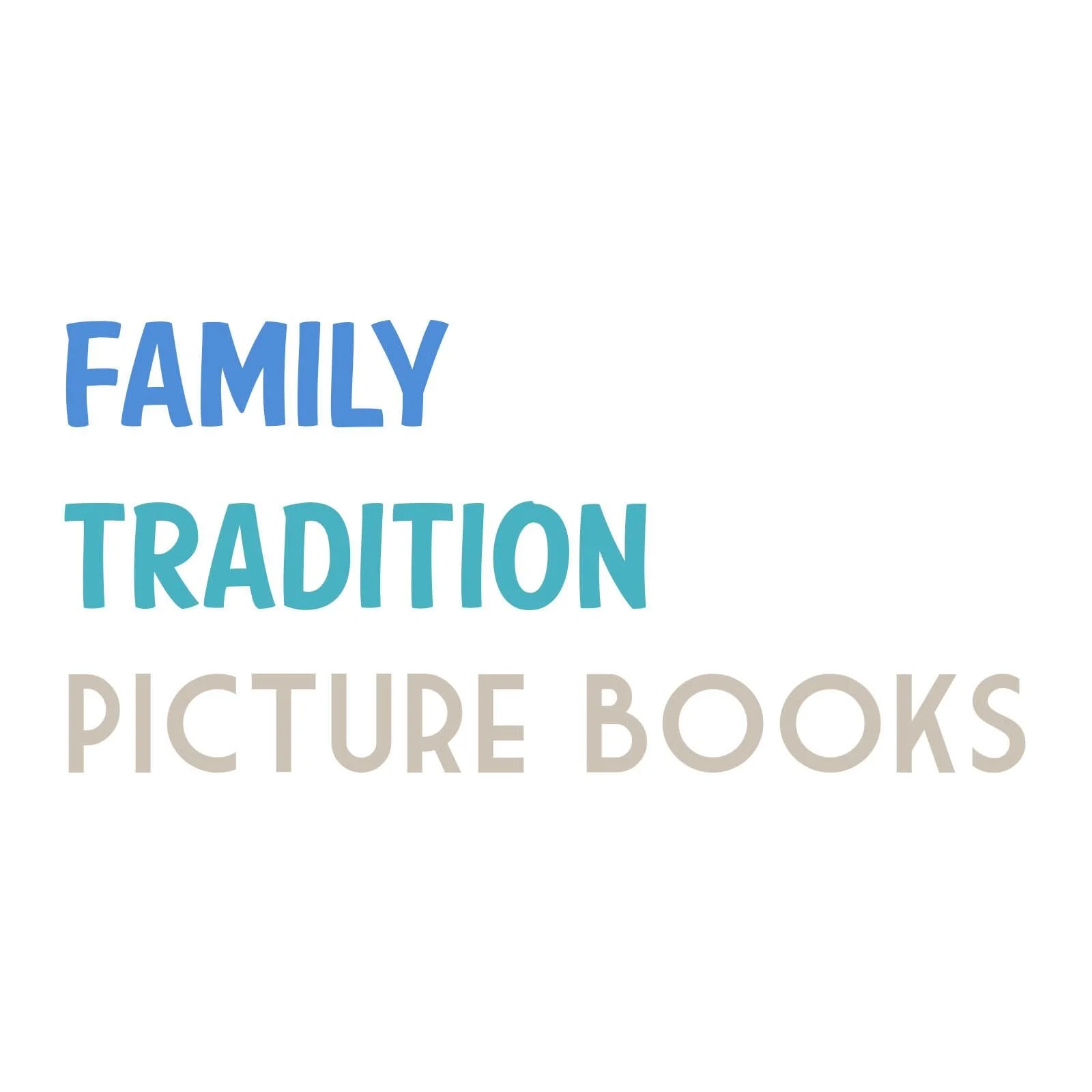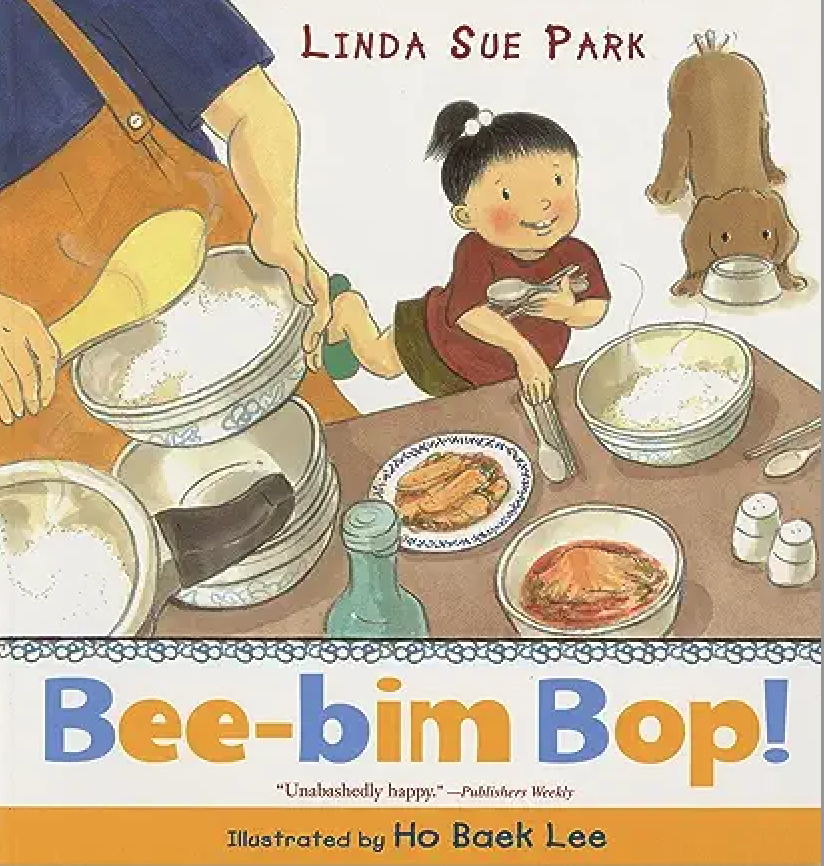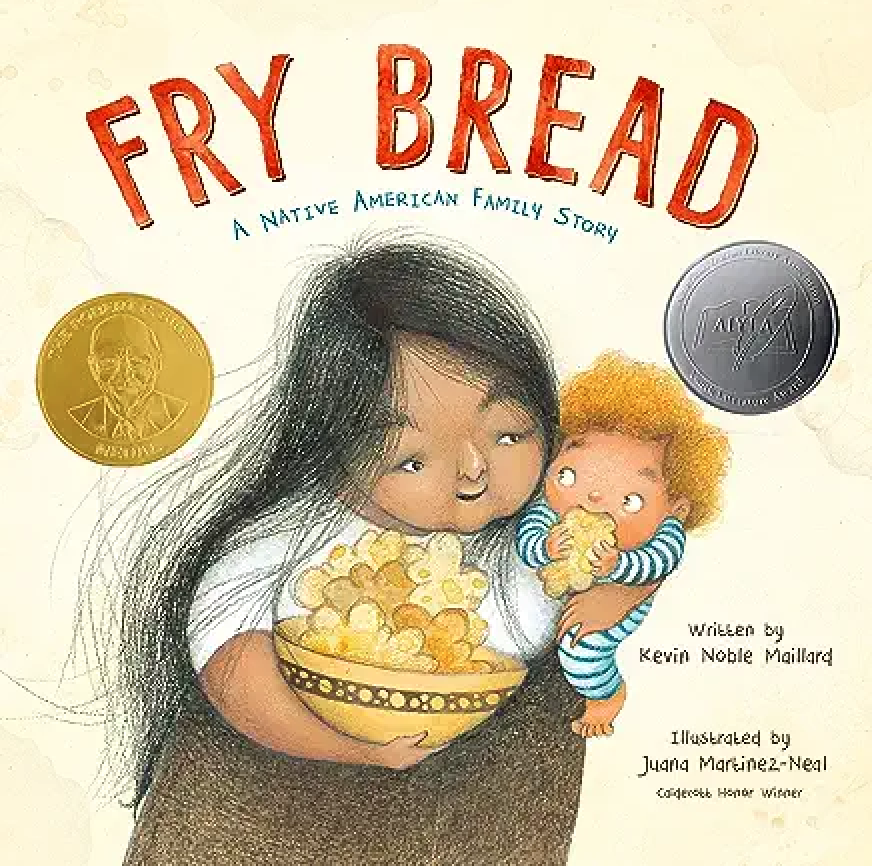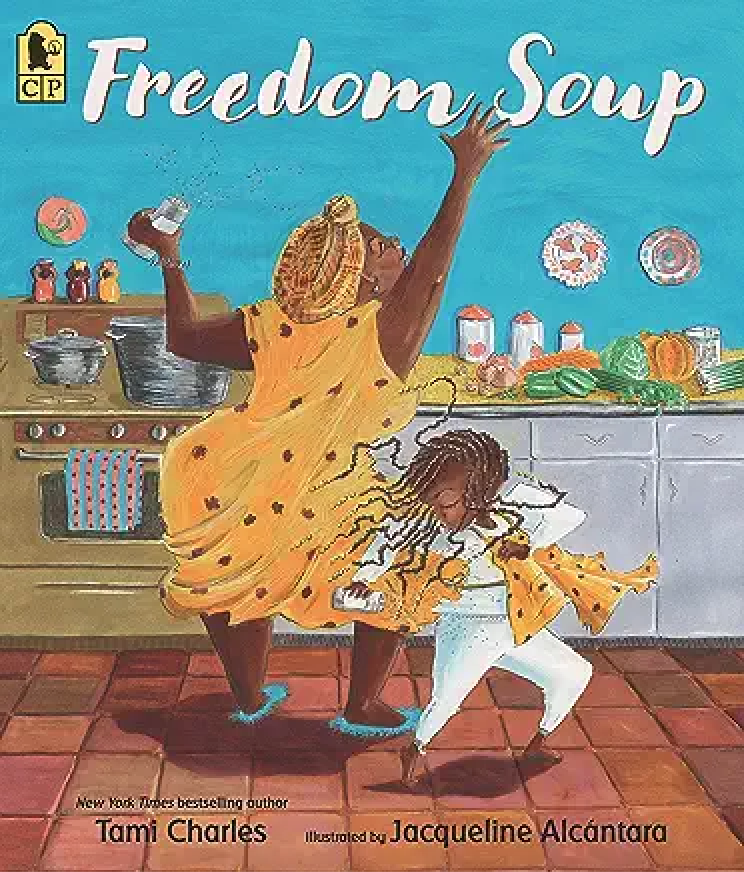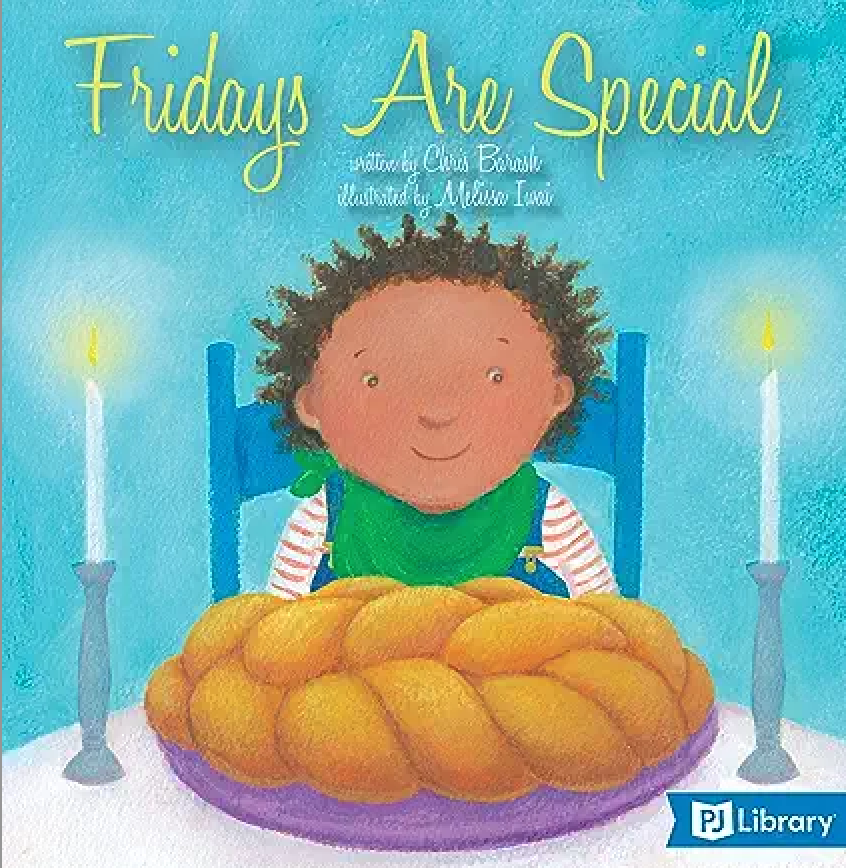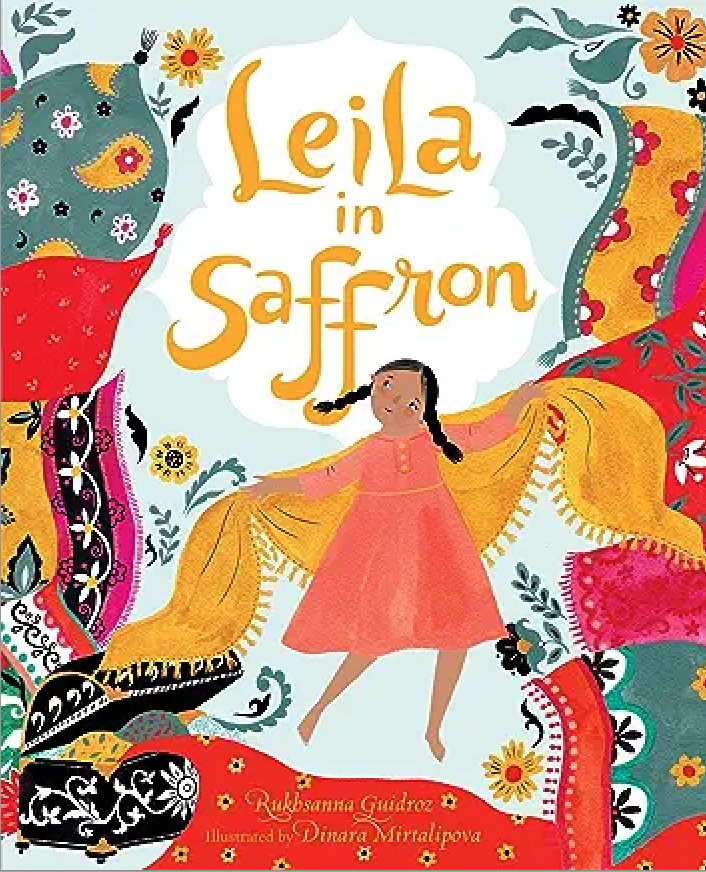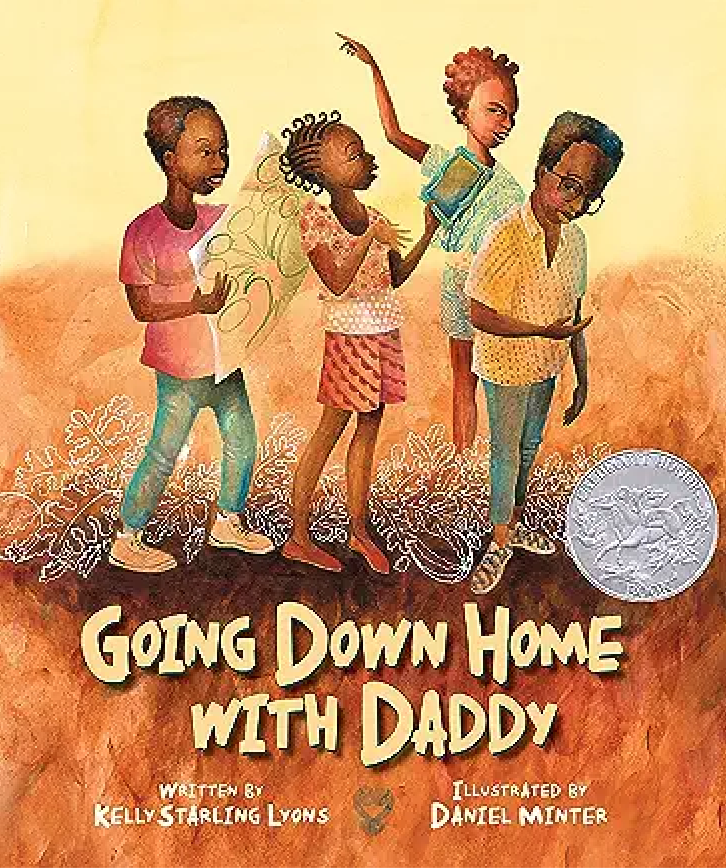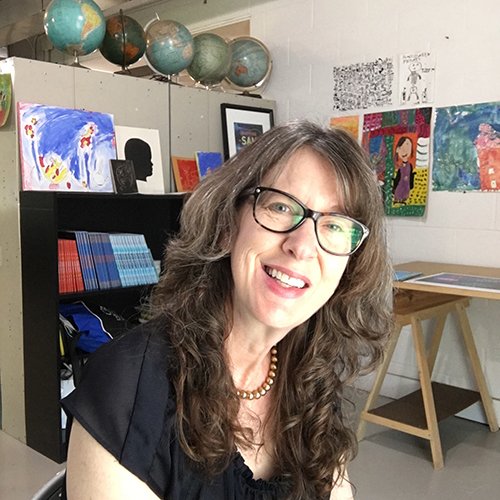We are so excited to have Eileen Spinelli join us today to share the story behind, We're Better Together.
Eileen Spinelli has been writing since she was six years old. Her very first poem was about a sailboat. When she is not writing (or reading) you might find her walking the lake path with her husband and fellow author, Jerry Spinelli; playing MahJongg with friends, knitting scarves for the grandkids, hanging out with the family or baking cookies for community movie night.
When Marlo Scrimizzi, editor at Highlights Press, invited me to write a book--title to be We’re Better Together--I was delighted to say yes.
Marlo and I had worked together before. We make a good team.
Plus the theme touched a responsive chord in me. We ARE better together aren’t we? How dreary life would be without family and friends, neighbors and colleagues. It would be an easy topic to write about.
There was one issue, however. Since my first love has always been poetry, I lean toward a lyrical style. For this book, Marlo wanted the text to be simpler and more straight-forward. That was my challenge.
Several times Marlo had to “rein me in.” And she did it with kindness and grace.
The book offers many examples--from a child’s point of view-- of how we might be better together.
Some examples come from my own childhood: huddling under the kitchen table with my cousins during a summer storm...playing circle games with my friends in the park...using my toy mop to clean up spills.
I also used experiences from the lives of our kids and grandkids: searching everywhere for a beloved blanket that has gone missing...working together on crafts... delivering soup to a neighbor.
Marlo added her ideas as well. She suggested that a young mother carrying groceries while pushing a stroller might need some help.
We came up with many more “better together” scenarios than we could use. So some had to be cut.
One scenario that we cut was an airport scene. Marlo liked the idea at first but then commented that it was feeling a little out of place compared to the rest of the scenes.
While the main message of the book is to speak to the happy aspects of doing things together there is a secondary one: the fact that life can be fun without hours of screen time. I don’t say so directly in the book but it’s included in every page.
Considering that the book is not a long one, it did take a fair amount of revising. My least favorite part of the process. Ha!
And what picture book journey is complete without celebrating the art? We’re Better Together was endearingly illustrated by Ekaterina Trukham.
The first time I saw her illustrations I couldn’t stop smiling.
I love her bold, crayon-box colors, the expressions on the sweet faces, the playful spirit on each spread.
My personal favorite is the bath-time spread--complete with yellow rubber ducky.
On the last page real kids tell about how they are making the world a better place. Tucker, age five, helped clear the table without being asked. Walter, age six shoveled snow off his neighbor’s sidewalk. Anastasia, age six let someone use her coat because they were cold.
There are more ways to be part of a community than you might imagine. The question is posed: How do YOU work together? Something to think about.

